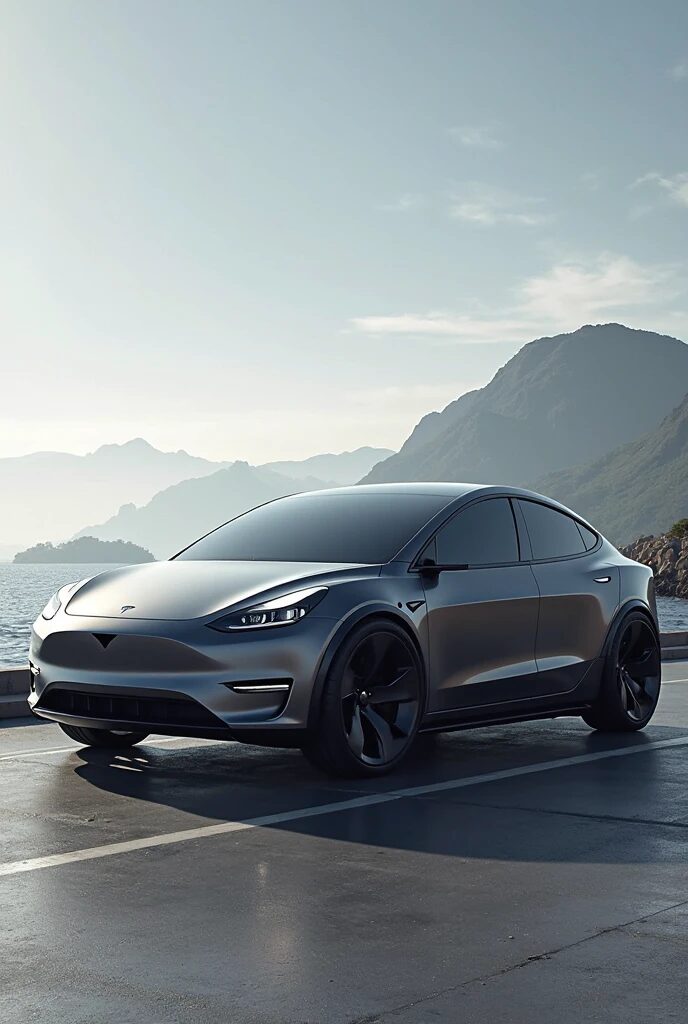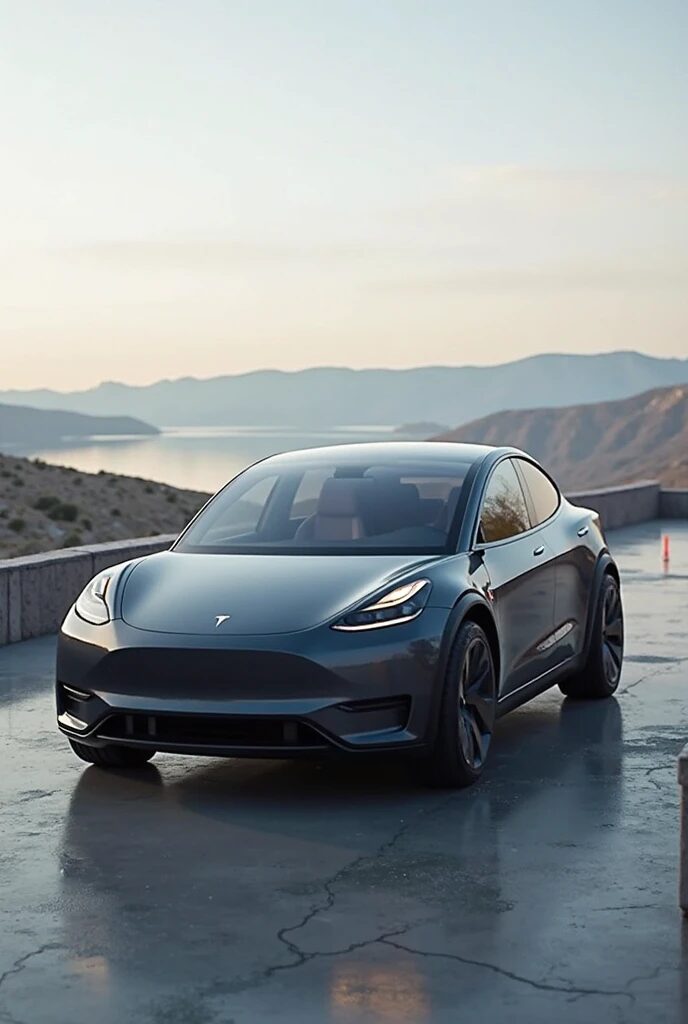The 2023 Tesla Model Y has cemented its position as a leader in the electric SUV market, blending cutting-edge technology with practicality. With its sleek design, impressive range, and futuristic features, it’s easy to see why it’s a favorite among EV enthusiasts. However, after a year of ownership, one feature—Tesla’s Full Self-Driving (FSD)—left me more cautious than confident. Here’s why I ultimately scaled back my reliance on FSD and what the Model Y still gets right.
Table of Contents
The 2023 Tesla Model Y: A Benchmark for Electric SUVs
The 2023 Tesla Model Y is a masterclass in electric vehicle engineering. Its Long Range variant delivers up to 330 miles on a single charge, making it ideal for both daily commutes and cross-country adventures. The instant torque from its dual motors ensures rapid acceleration, while its low center of gravity provides agile handling. Inside, the minimalist interior feels spacious, with ample room for passengers and cargo.
Key highlights include Tesla’s over-the-air updates, which continuously refine the car’s software, and access to the vast Supercharger network, alleviating range anxiety. For families, the Model Y’s safety features and infotainment system add practicality and entertainment. Yet, the car’s most talked-about feature—Full Self-Driving—remains its most polarizing.
Tesla Full Self-Driving (FSD): Promise vs. Reality
Tesla’s Full Self-Driving (FSD) is marketed as a revolutionary leap toward autonomous driving. The system promises to navigate city streets, recognize traffic signals, and even park itself. In controlled environments, it works admirably: highway merges are smooth, lane changes are precise, and stop-and-go traffic feels effortless. However, real-world conditions reveal glaring limitations.
During my year with the Model Y, FSD struggled in scenarios requiring human intuition. Construction zones, unprotected left turns, and erratic driver behavior often left the system confused. For example, it hesitated at four-way stops, misjudged the speed of merging vehicles, and occasionally braked abruptly for non-existent obstacles. While Tesla’s frequent software updates improved performance over time, the system still demanded constant supervision.
The biggest irony? FSD isn’t truly “full self-driving.” Drivers must keep their hands on the wheel and eyes on the road, ready to intervene at a moment’s notice. This paradox—marketing automation while requiring vigilance—creates a fatiguing user experience.
Living with the Tesla Model Y: Beyond FSD
Setting aside FSD’s shortcomings, the 2023 Model Y shines as a daily driver. Its adaptive suspension ensures a comfortable ride, even on rough roads, while the panoramic glass roof adds an airy feel to the cabin. The 15-inch touchscreen is intuitive, controlling everything from navigation to climate settings, and the premium sound system rivals luxury competitors.
Charging is another strength. Using Tesla’s Supercharger network, the Model Y can regain 200 miles of range in just 15 minutes. For home charging, a Level 2 charger tops up the battery overnight. These conveniences make EV ownership seamless, especially for first-time buyers.

The AI Dilemma: Why FSD Falls Short
As an AI and automation expert, I recognize the monumental challenge of creating a fully autonomous vehicle. Tesla’s FSD relies on neural networks trained on billions of real-world miles, yet it struggles with edge cases—unpredictable scenarios like jaywalkers, sudden lane closures, or aggressive drivers.
The core issue lies in the gap between structured data and human judgment. AI excels in predictable environments but falters when faced with ambiguity. For instance, FSD might hesitate when a traffic light is partially obscured or fail to anticipate a cyclist swerving into traffic. These limitations highlight the need for robust human-machine collaboration, where the driver remains an active participant rather than a passive passenger.
Why I Quit Using Tesla FSD
After 12 months of testing, I reduced my reliance on FSD for one simple reason: **stress**. While the system reduced fatigue on long highway drives, urban environments became a source of anxiety. The constant need to monitor the car’s decisions—and override them—defeated the purpose of “self-driving.”
One incident solidified this decision: FSD failed to recognize a temporary road closure, attempting to steer into a construction zone until I forcefully took control. Such moments eroded my trust in the system. While FSD is a fascinating glimpse into the future, it’s still a beta product—best suited for tech enthusiasts willing to tolerate its quirks.
The Future of Autonomous Driving
Tesla’s FSD journey underscores the broader challenges of autonomous technology. Progress is undeniable, but true self-driving requires advancements in sensor fusion, regulatory frameworks, and public trust. Competitors like Waymo and Cruise use lidar and geofenced areas to enhance safety, but Tesla’s camera-only approach prioritizes scalability over precision.
For now, the Model Y remains a leader in EV innovation, even if FSD isn’t its crown jewel. As AI evolves, future iterations of FSD could close the gap between promise and reality. Until then, drivers should view it as an advanced driver-assist system—not a replacement for human oversight.
Final Verdict: The 2023 Tesla Model Y Shines (With or Without FSD)
The 2023 Tesla Model Y is a triumph of electric vehicle design, offering performance, range, and practicality that few rivals can match. Its Long Range variant is perfect for families and adventurers alike, while over-the-air updates ensure the car stays ahead of the curve.
However, Tesla’s Full Self-Driving feature remains a work in progress. While it showcases the potential of AI-driven transportation, its inconsistencies and reliance on human intervention make it a niche feature rather than a must-have. For those considering the Model Y, the car itself is a stellar choice—just don’t expect FSD to revolutionize your commute yet.

